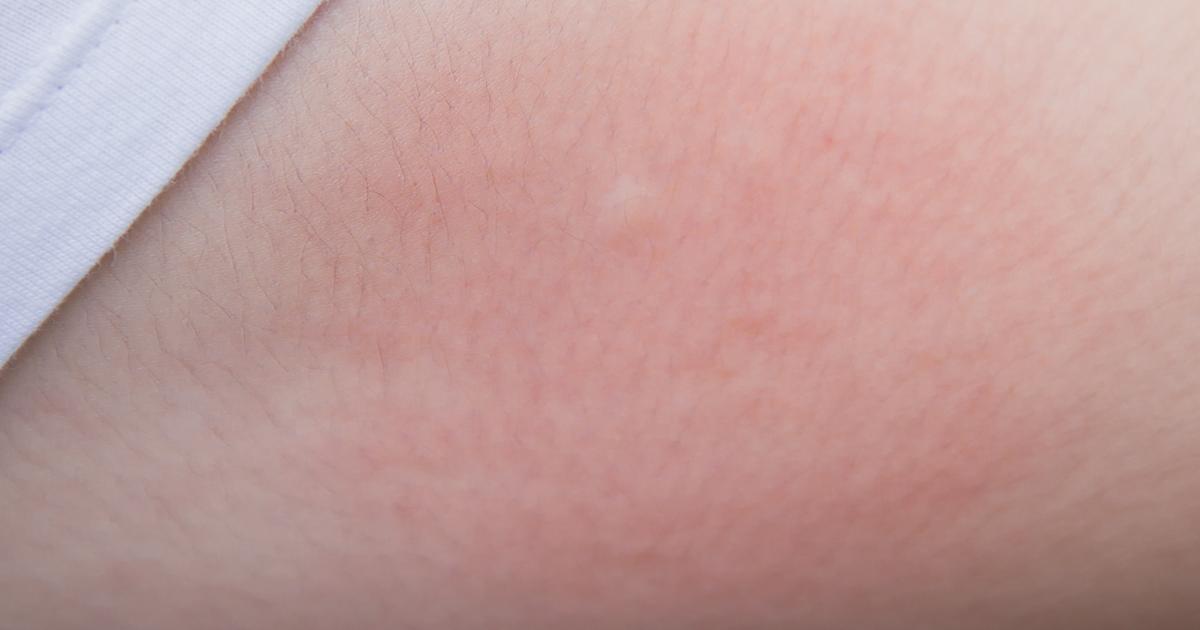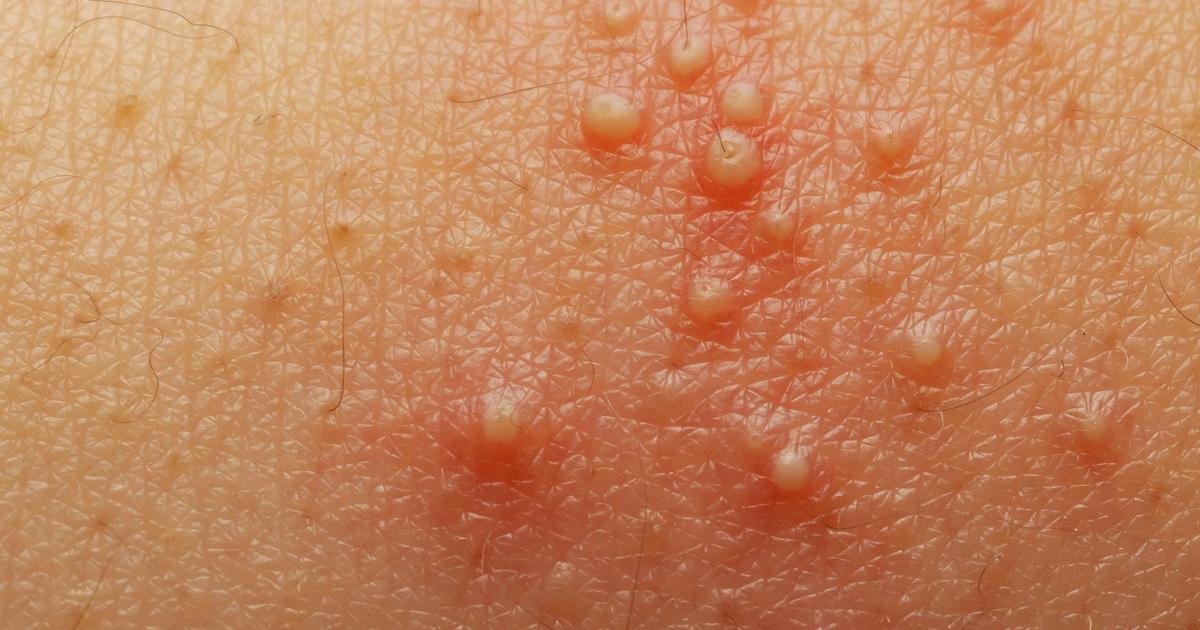Guide To The Symptoms And Types Of Heat Rash
Miliaria Pustulosa
Miliaria pustulosa is the retention of sweat in the mid-epidermis and upper dermis that manifests more resolutely than the bumps on the skin of an individual affected by miliaria rubra. Instead of erupting as reddened papules on the skin, miliaria pustulosa erupts as numerous fluid-filled pustules on the skin. The pustules develop on a patient's skin in addition to the same bumps that develop on the skin of someone with miliaria rubra. A pustule is defined as small coagulation of a pus-like substance in the upper layer of the individual's skin. The fluid inside of a pustule in an individual affected by miliaria pustulosa is a blend of different types of inflammatory fluids and cells. An itchy rash is a common symptom of miliaria pustulosa. The reason for this is miliaria rubra and miliaria pustulosa involve an inflammatory response by the immune system, which causes the release of histamine and other substances that induce the prickly or itchy sensations.
Get more details on the types of heat rash and their symptoms now.
Miliaria Profunda

Miliaria profunda is a term used to describe when an individual experiences the retention of sweat deep in the sweat ducts that leaks into their dermis. The dermis is a deeper layer of the skin that is rich with blood vessels and sits below the epidermis. The sweat in the skin of an affected individual becomes trapped at the dermo-epidermal junction. Miliaria profunda is most prevalent among men who have had repeated episodes of miliaria rubra. The most common cause of the development of miliaria profunda is repeated exposure to intense heat and humidity over time. Miliaria profunda causes the development of larger and deeper-seated papules in an individual's skin that may be flesh-colored, asymptomatic, painful, and can range from one to four millimeters in size. The papules that develop from miliaria profunda can be described as white or red lumps that may feel prickly. Itchiness of the skin is not common in miliaria profunda because these papules are located below an individual's itch receptors.
Learn about how the location of bumps plays into different types of heat rash next.
